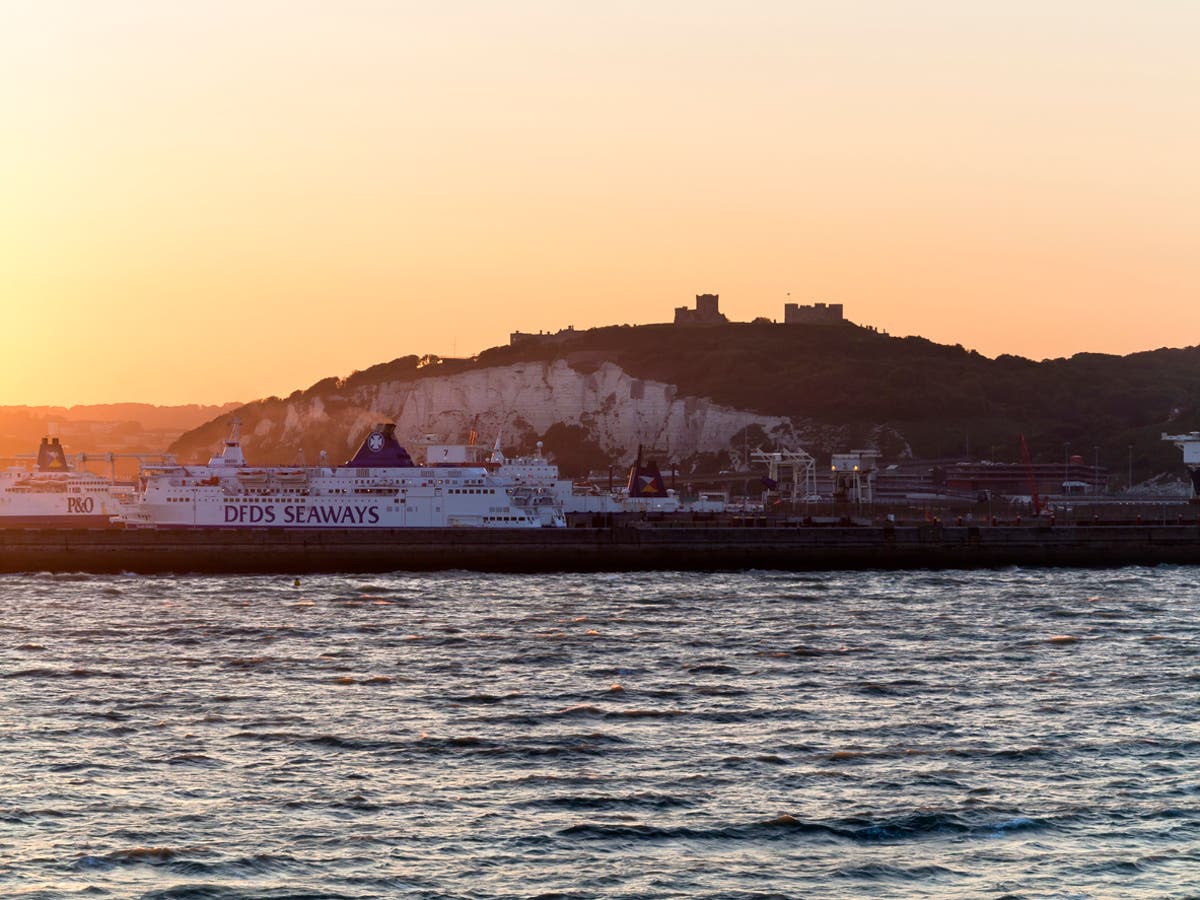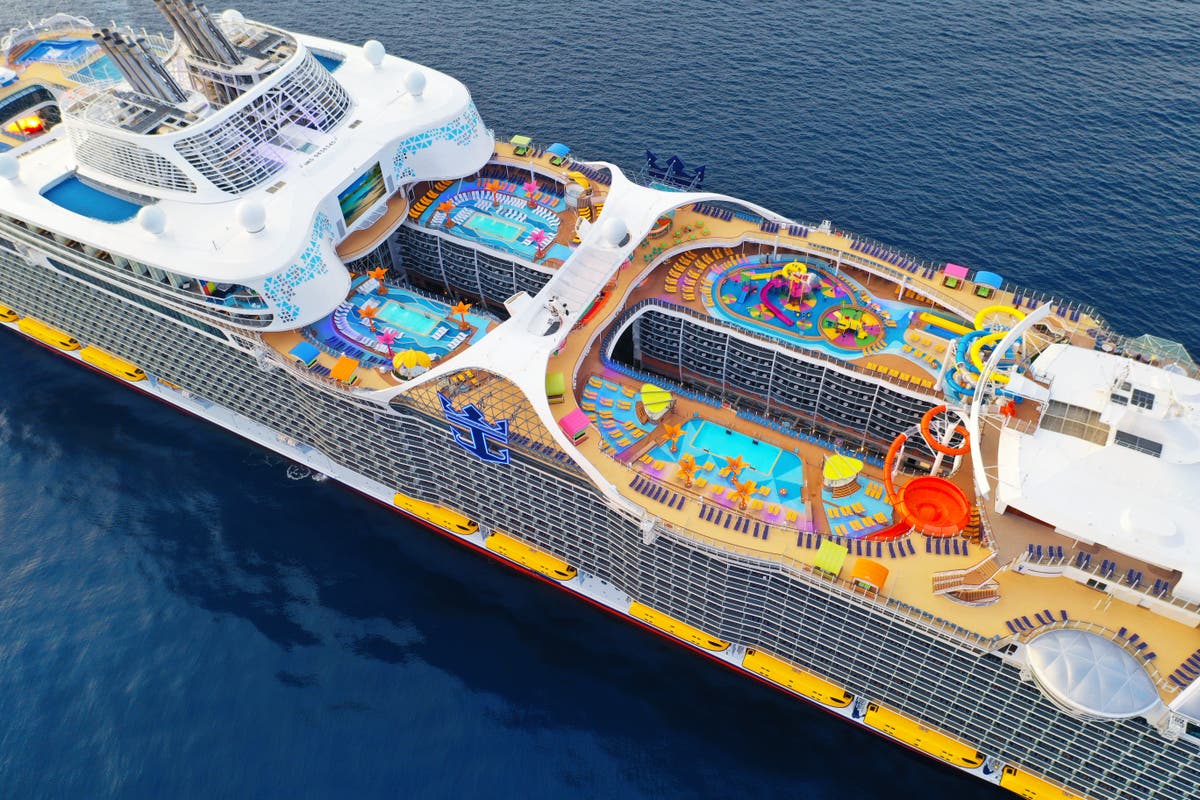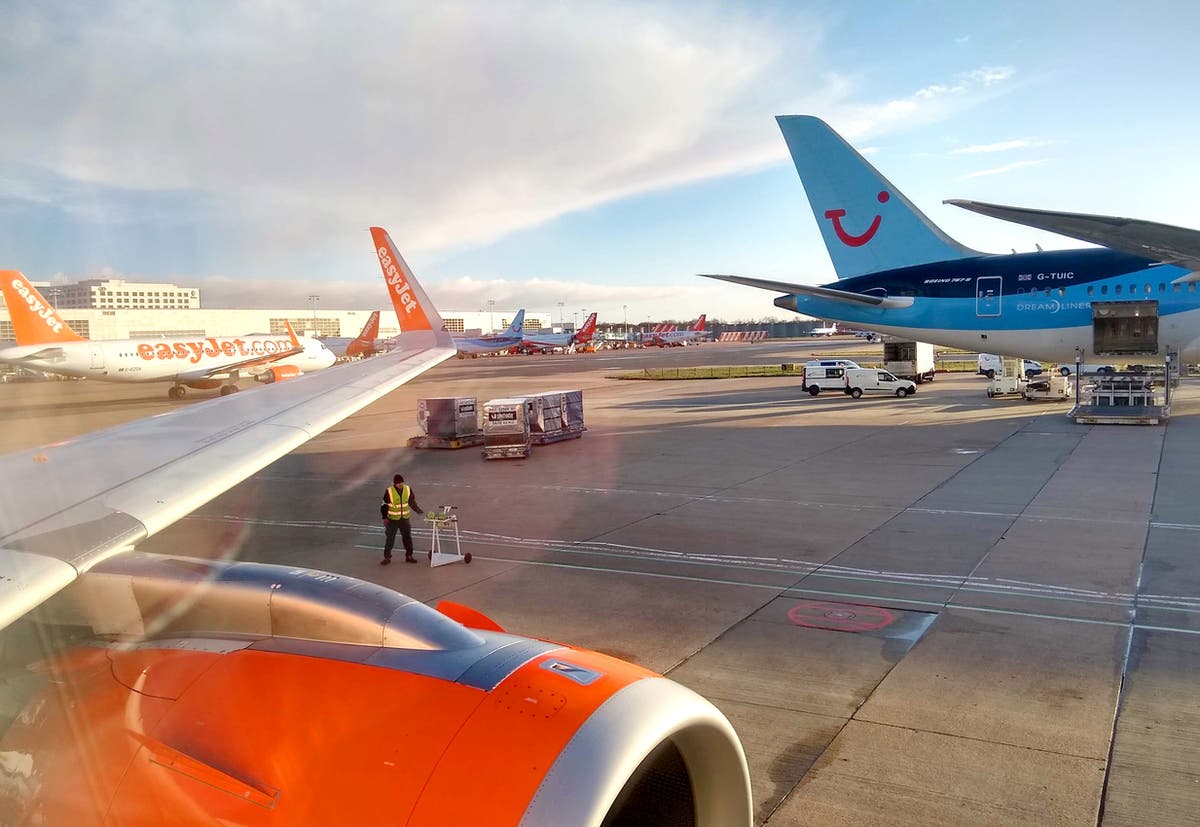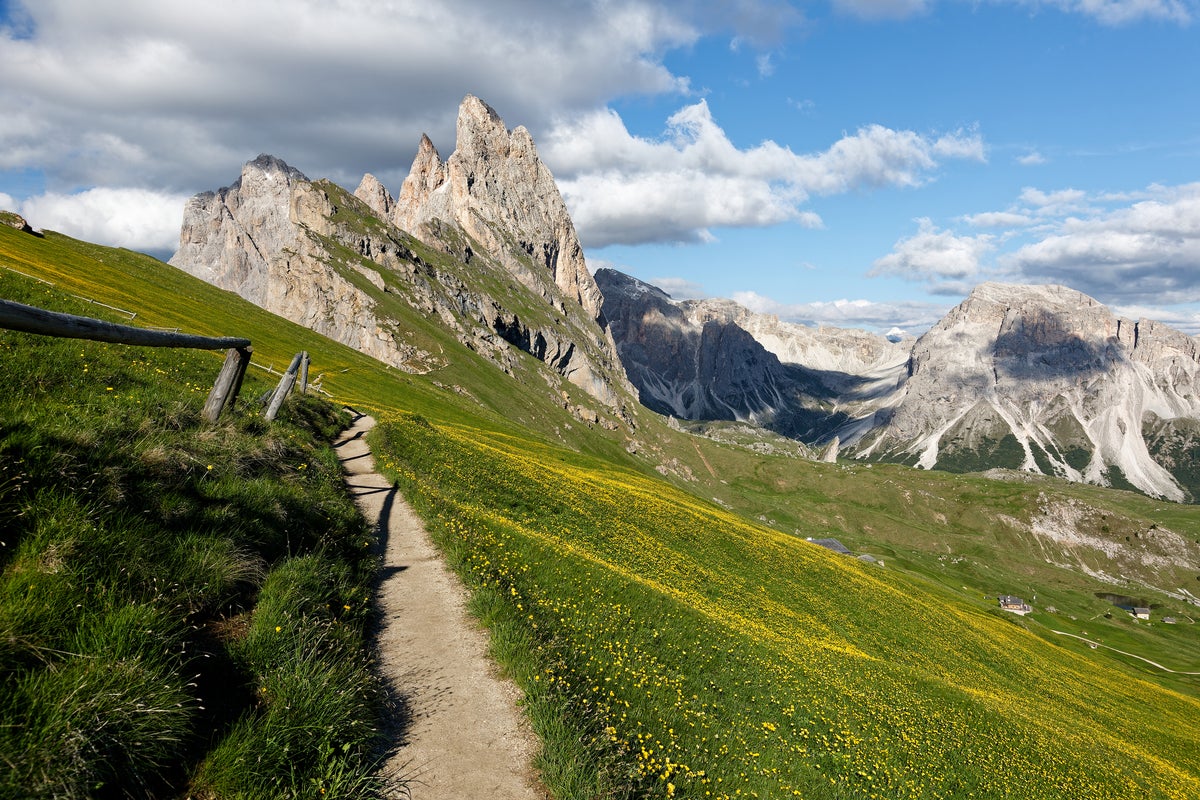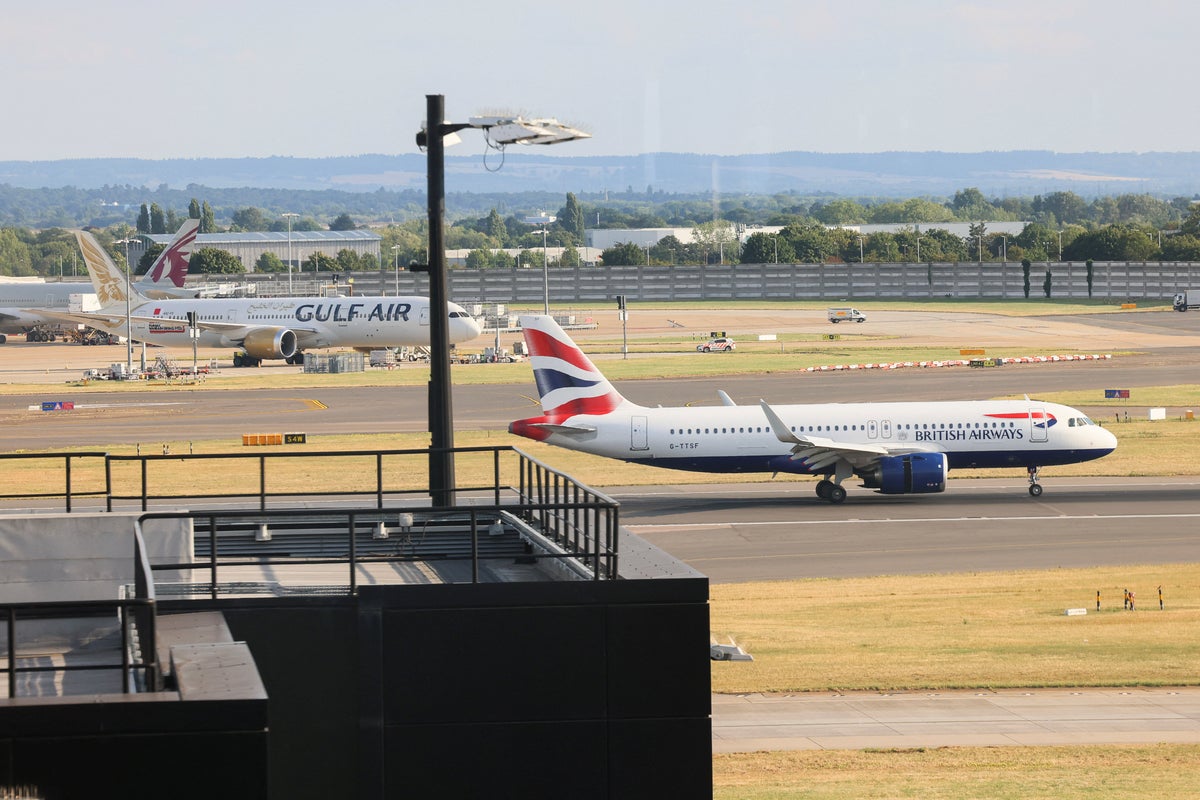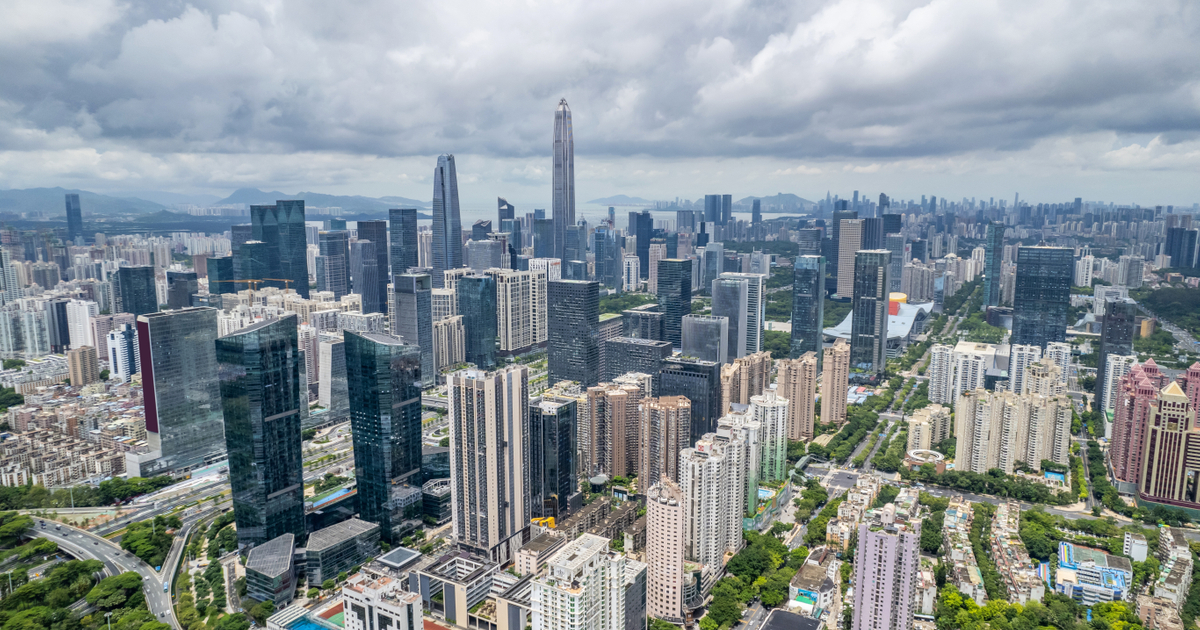How to do the great American road trip: Arizona
In this exclusive series, Simon Veness and Susan Veness share diaries of their travels by RV as they take on the ultimate US adventure. For part seven, they roll through northern Arizona on Route 66, stopping off at the...


Sign up to Simon Calder’s free travel email for expert advice and money-saving discounts
Get Simon Calder’s Travel email
“By the way, don’t let your dog out of the vehicle in Oatman,” advised the tourist information assistant at the Kingman visitor centre. “The wild burros will bite its head and rip its scalp off.”
Dog-eating donkeys were probably about the last hazard we could imagine on Route 66, but we took the warning at face value as we set out on the original 1926 road from Kingman to Oatman, a section dubbed the Arizona Sidewinder for its 191 turns – and no guardrails – in one eight-mile stretch through the volcanic jumble of the Black mountains.
As it turned out, the advice was well judged. As the descendants of the pack-carrying animals of the miners from the 1915 gold rush, the burros of Oatman were free to wander and scavenge throughout this Wild West mining town, frequently nudging visitors for the hay-pellet treats sold in many shops. Apparently, to the donkey’s eye, a dog equated to a coyote that needed to be attacked on sight.
Our Ruthie was therefore happy to watch from the back seat as we went out to explore the ramshackle collection of original buildings and tourist traps that lined the only viable street, which featured the 1902 Oatman Hotel with its “haunted” saloon, and twice-daily cowboy shootouts.
We had arrived in Arizona determined to slow the pace of our first five months, which had seen us cover 6,403 miles in our RV. With seven months still to go, we were in danger of over-stressing both ourselves and our wonderful Winnebago, Indefatigable (or Fati for short), as well as our faithful tow car, Nippy.
Opting to split Arizona in two, we would tackle the northern half – for the Grand Canyon, Route 66, Monument Valley and Meteor Crater – from an RV base in Kingman, and the lower half from Lake Havasu City, Mesa, Tucson and Willcox, for Lake Havasu, Phoenix, Sedona, Saguaro National Park and Chiricahua National Monument.
At Kingman, we discovered Blake Ranch RV Park and Horse Motel, a true original in mixing the ranch world of yesteryear with the modern road trippers of today, as well as the ideal base from which to launch forays in Nippy. We had already decided Fati was not suited to the high mountain sierras around the Grand Canyon and Monument Valley, and the rough road surface along I-40 backed up our decision.
Driving a 36-foot class-A motorhome along uneven roads is the equivalent to putting a house through an earthquake, and we’d soon learnt to detest highways that made the journey a gritted-teeth experience of excruciating proportions. I-40 quickly hit the top three in our “Hate List”.
Happily, it was much more manageable in Nippy, and it extended our touring range by several hundred miles. From Kingman, the Grand Canyon was a 173-mile drive and an easy day trip to take in the awe-inspiring views of its astonishing multi-layered, mile-deep profile, which extends for 277 miles and includes the dramatic Desert View Watchtower at its eastern edge.
It was another 160 miles to Monument Valley and required an overnight stay at the NavajoLand Hotel of Tuba City, which proved the ideal preparation for our journey into Navajo Nation, with its neighbouring museum and trading post, plus a chance to try Navajo frybread at next door’s Hogan Family Restaurant.
Monument Valley – or Tsé Bii’ Ndzisgaii, as it is known in the Navajo language – is very much the tribe’s heartland, a historic setting that became a native American park in 1958. Administered by a tribal council, it features an iconic landscape beloved of film-makers like John Ford and Sergio Leone, stretching for 92,000 acres of breathtaking red sandstone splendour.
It left us utterly bewitched by its sprawling collection of mesas, buttes, spires and arches, a ravishing panorama that positively glowed in the morning sun and evening twilight. The fact it is also sought out by Forrest Gump fans was another handy pop culture reference point, but the valley largely stands on its own merit, a red-hued colossus that is nature’s high art.
Suitably enriched, we headed to Winslow for another overnight stay before tackling our next landmark and discovered the utterly charming La Posada Hotel. The small high plains city is already immortalised in song by the Eagles’ 1972 classic Take It Easy, but its feature hotel was a treasure, too.
A lovingly restored 1930s Santa Fe Railway hotel, it has become a living period piece to grand hacienda style with all mod cons, like fine-dining restaurant The Turquoise Room, which served up delicious platefuls of contemporary southwest cuisine. It also had Khent Anantakai, a Navajo guitarist who played his brand of classical/ambient music for a small audience in the lounge each evening, to our total enchantment.
Next morning, we took the obligatory photos “standing on the corner of Winslow, Arizona,” which is an official town park and homage to sadly departed Eagle Glenn Frey, and headed to Meteor Crater and Barringer Space Museum to have our minds boggled by the sight of this massive 50,000-year-old indentation in the earth’s surface, 560 feet deep and roughly the size of 20 Wembleys. The visitor centre sits 150ft up on the lip of the crater, providing a grandstand view of the random power of the cosmos.
Returning to Kingman, we stopped off at the Route 66 town of Williams, another well-maintained period piece that sticks firmly to its 1926 roots and provides the gateway to the longest unbroken original stretch of the Mother Road, from nearby Ash Fork to Topock on the Colorado River, roughly 165 miles west, and including the wild switchback section from Kingman to Oatman and its dog-biting burros.
Reunited with Fati after our excursion in Nippy, we suffered another abysmal stretch of I-40 before branching south along state Route 95, soaking up more craggy desert vistas through the Mohave mountains, where our lofty cab viewpoint allowed us to enjoy the slow reveal of Lake Havasu between the 5,000ft peaks. We had calculated we could lay up for a few days and just enjoy the view, which, of course, included the 19th-century edifice of London Bridge, bought and transplanted wholesale in 1968 and now linking the mainland with the artificially created island at the south end of the emerald blue lake.
Here, the slick BeachComber Estates provided the perfect hideaway, a gracious mix of upscale mobile homes and RVs, complete with immaculate clubhouse boasting a pool, spa, laundry and bocce ball court. We happily crossed the bridge each day to explore the city and surrounding area, which included Cattail Cove State Park and Bill Williams River National Wildlife Refuge, where we encountered our first roadrunners, the bird of Wile E Coyote cartoon fame, and just as cute in real life (albeit no “meep meep” sounds).
With the temperature still pushing 39C in late October, we were also driven from our RV in search of cooler experiences, and hired a pontoon boat on the lake for a truly blissful few hours taking in the mountain-rimmed setting of this unusual city, where Ruthie was welcomed into the visitor center to cool down and finally found some grass under her paws in London Bridge Beach park after weeks of desert paths and gravel.
Outdoor dining at the eclectic Red Onion proved another pleasure – notably the Mexican-inspired huevos rancheros for breakfast – but the rest of Arizona was now calling, and we reluctantly departed the BeachComber for all points east.
Next: Arizona to New Mexico...
How to do it
RVing 101:
RV Factfile:
Read more: USA travel guide – everything you need to know before you go

 JaneWalter
JaneWalter 







